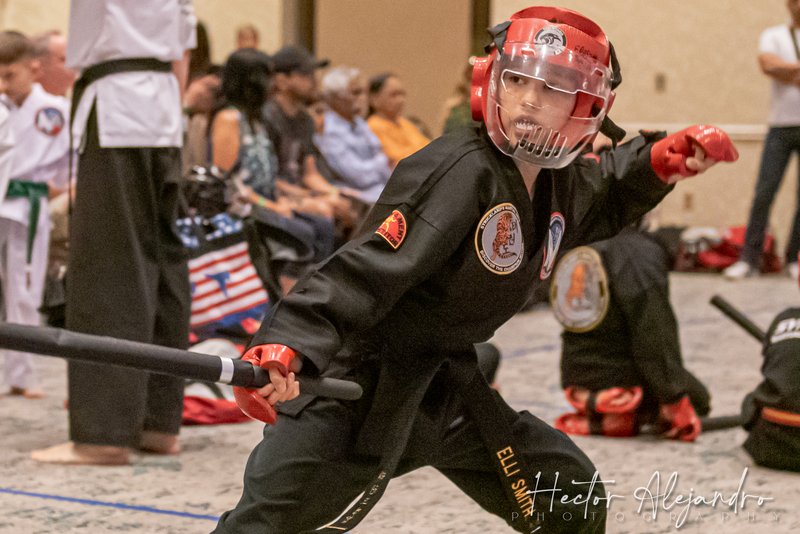
WHAT WE TEACH
Our Program Focuses on Integrated Martial Arts.
Our focus is a unique blend of five martial styles integrated into one program!
We teach the concepts of martial art, martial sport, and martial science!
Our philosophy is to put martial before art! This means that self-defense and martial skills are at the forefront of our student training!
TAEKWONDO
Taekwondo, a Korean martial art, known for its fast, powerful kicks. The name means "the way of the foot and fist," and it’s practiced as both a sport and self-defense. Training focuses on high-kicking techniques, forms, sparring, and breaking, with competitions featured in Tournaments. Taekwondo also boosts flexibility, agility, and strength, while promoting respect, etiquette, and character development which is great for all students age 4 and up.
MUAY THAI
Muay Thai, or Thai Boxing, is a sport from Thailand known for using fists, elbows, knees, and shins. It's effective for self-defense and competition, with training focused on strikes, sweeps and clinching techniques. Training offers a strong cardiovascular workout, builds strength and endurance, and is practical for real-life self-defense.
SILAT
Silat, refers to the martial arts systems from Southeast Asia, known for being among the deadliest in the world. It’s a fighting-focused style, with self-defense it’s primary goal. Various Silat styles are often named after regions, villages, or animals. Silat blends elements from different countries such as Indonesia, Malaysia, and Bruni, allowing fluid transitions between styles.
JUN FAN GUNG FU
Jun Fan Gung Fu, Little Dragon, developed and named after Bruce Lee. Initially rooted in Wing Chun, this system teaches students to move confidently through various combat ranges, from kicking, hitting, kneeing and grappling. Jeet Kune Do (JKD), Lee's later evolution, focuses on concepts like intercepting an opponent's attack. JKD is much more comprehensive and relies on the foundational techniques of Jun Fan Gung Fu for its practical application.
ESKRIMA
Eskrima, (Arnis/Kali), is a Filipino martial art focused on weapon-based combat that uses sticks, knives, and other bladed weapons, as well as empty-hand techniques. Originating from tribal warfare in the Philippines, it evolved as a practical self-defense system. Known for its adaptability and focus on real-world effectiveness, practicing Eskrima also holds cultural significance, by preserving Filipino heritage while continuing to evolve in modern times.













